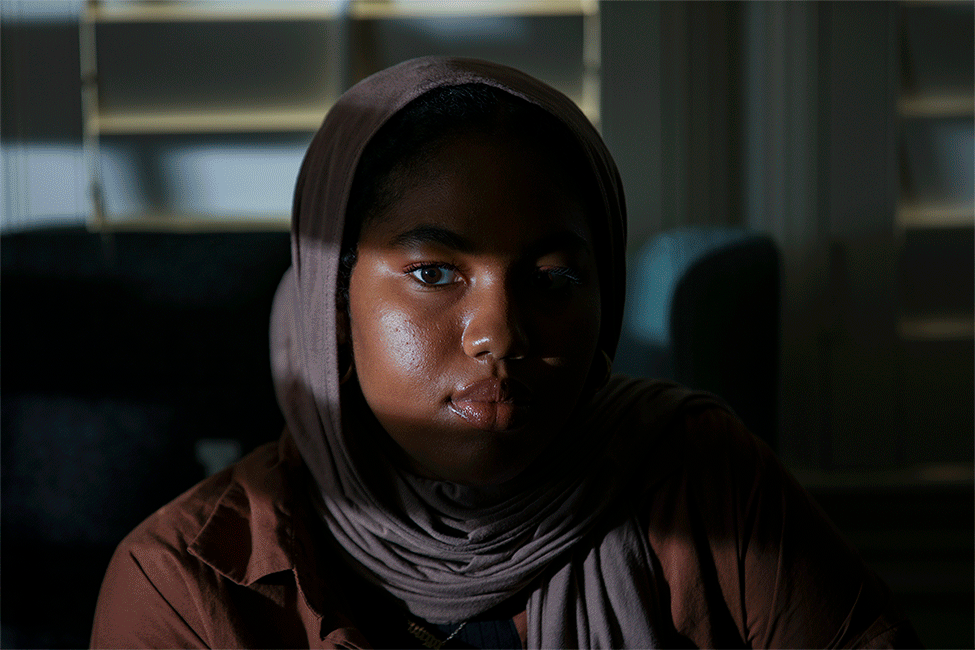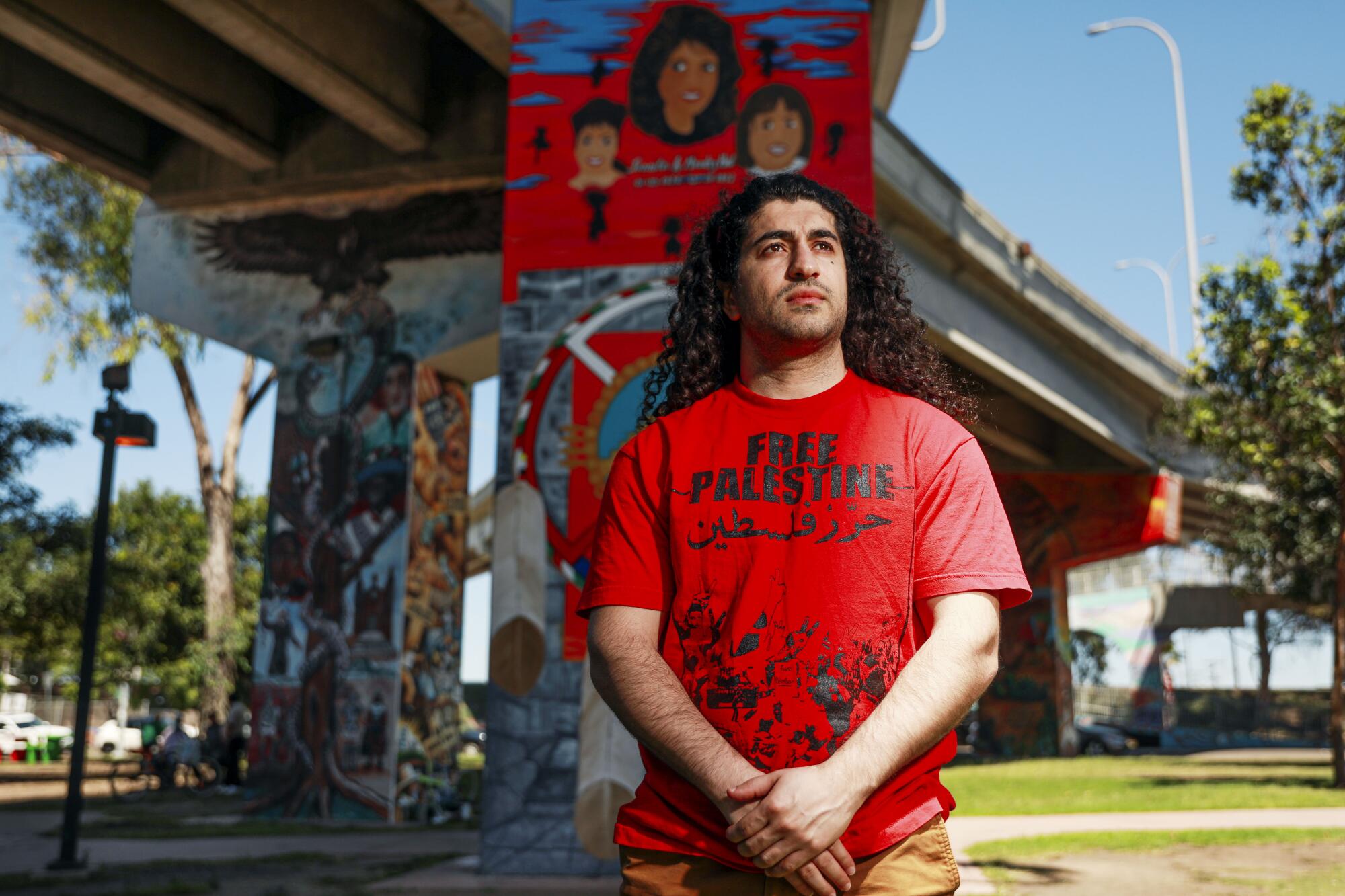
- Share via
WASHINGTON — Ali-Reza Torabi was a sixth-grader in San Diego when two planes slammed into the twin towers in New York on Sept. 11, 2001.
Torabi was living in the country illegally after moving to the United States from Iran with his mother and brother six years before. The attacks would divide his life into two distinct parts: “There was pre-9/11 life and post-9/11 life,” he recalled.
His father, a baker and construction worker in Shiraz, had been trying to join the family after his visa application was initially rejected pre-9/11. After 9/11, Torabi said, that became “nearly impossible,” and his dad would eventually give up hope of joining his family. They haven’t seen one another in 26 years.
Following the attacks, Torabi remembers classmates hurling racist slurs at him because of his Middle Eastern ethnicity. He got involved with antiwar protests, later marched against legislation seeking to criminalize illegal immigration, and eventually channeled his activism into his own fight to remain in the U.S.
The Sept. 11 attacks upended U.S. immigration policy, linking it for the first time to the nation’s anti-terrorism strategy and paving the way for two decades of restrictive laws. But it also gave rise to a new kind of immigrant rights movement led by young people like Torabi.
He and other young immigrants say they were spurred by post-Sept. 11 separations of family members and friends, the government’s renewed focus on restricting driver’s licenses and, most of all, by a sense that nearly all other paths to immigration reform had been choked off.
Some even adopted the very legal tactics that advocates had used to help immigrants immediately after 9/11 — tactics that would help lay the groundwork for the Obama administration’s landmark Deferred Action for Childhood Arrivals, or DACA, program that has allowed some 800,000 immigrants brought to the U.S. illegally as children to live and work here.
Reforms shattered post 9/11
In the days leading up to Sept. 11, broad immigration reform seemed to be gaining traction. Mexican President Vicente Fox had just visited President George W. Bush at the White House, where they discussed immigration. Bush called for an overhaul of U.S.-Mexico immigration policy, including granting permanent U.S. legal status to guest workers from Mexico. Earlier that year, he’d asked top advisors to review more options, including some form of legalization for millions of immigrant workers.
“Everything looked very positive,” recalled Angelica Salas, executive director of the Los Angeles-based immigrant advocacy group Coalition for Humane Immigrant Rights, or CHIRLA. She had traveled to Washington during Fox’s visit to give the White House thousands of postcards from Americans supporting immigration reform.
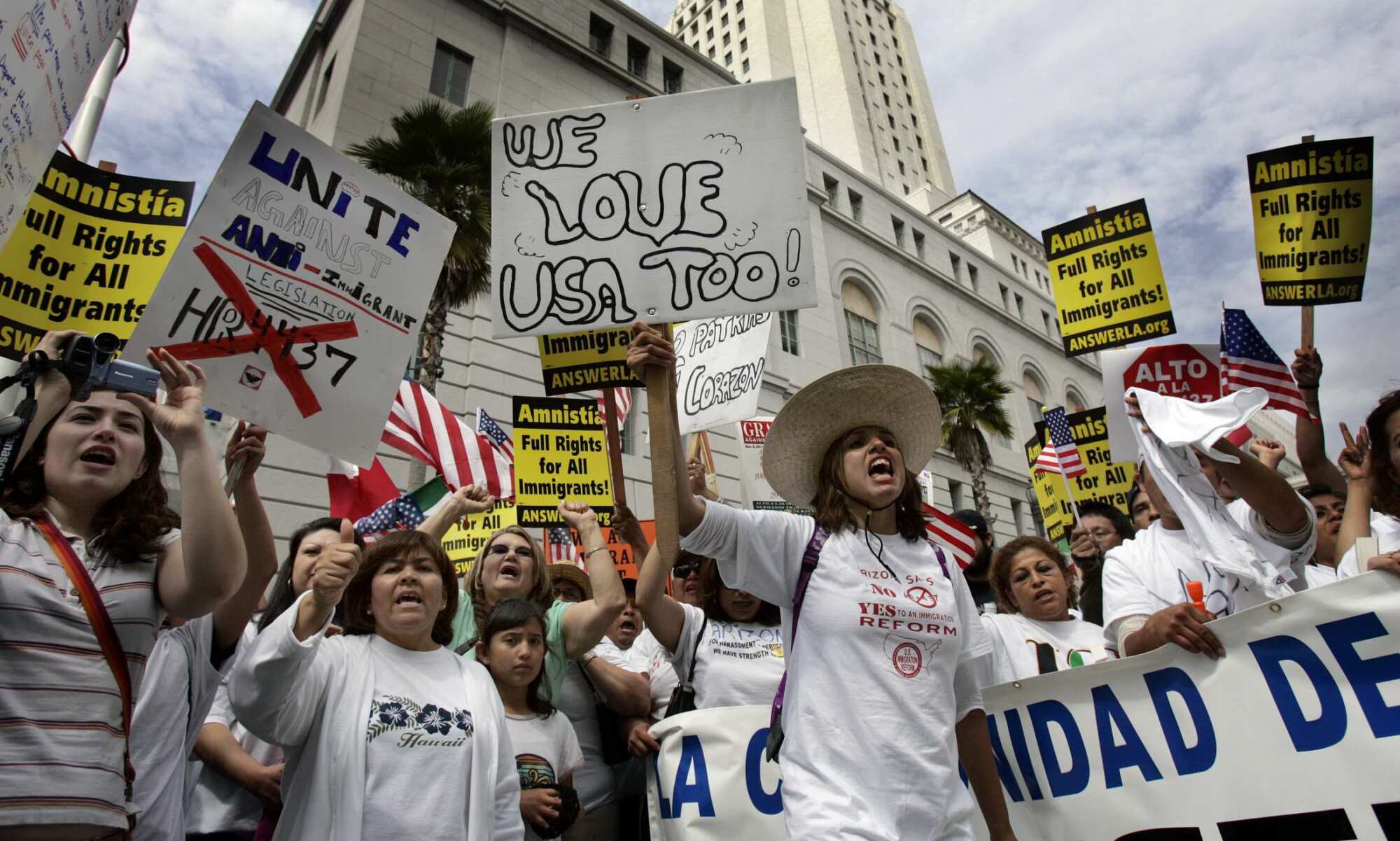
Meanwhile, advocates from around the country were set to give congressional testimony in support of an immigration bill focused on young people — the Development, Relief, and Education for Alien Minors Act, better known as the Dream Act. At the time, it seemed to have a better chance of passing than more sweeping legislation, said Chicago-based activist Tania Unzueta, the political director at Mijente, a network for Latino communities dedicated to organizing around social justice issues.
Unzueta, then a recent high school graduate without legal status, had been set to testify in Congress in support of the Dream Act on Sept. 12. She got a call from the office of one of the bill’s cosponsors, Illinois Democratic Sen. Richard J. Durbin, telling her that “something’s happened, and the congressional hearing would likely be canceled.”
A generation of American Muslims has grown up in a world in which one terrible day changed their country. Visibility makes young women wearing hijabs especially vulnerable.
With the fall of the World Trade Center towers, the prospects for the Dream Act “came crashing down” as well, Salas recalled. Along with it went any chance for a comprehensive bill with a path to citizenship for qualified immigrants.
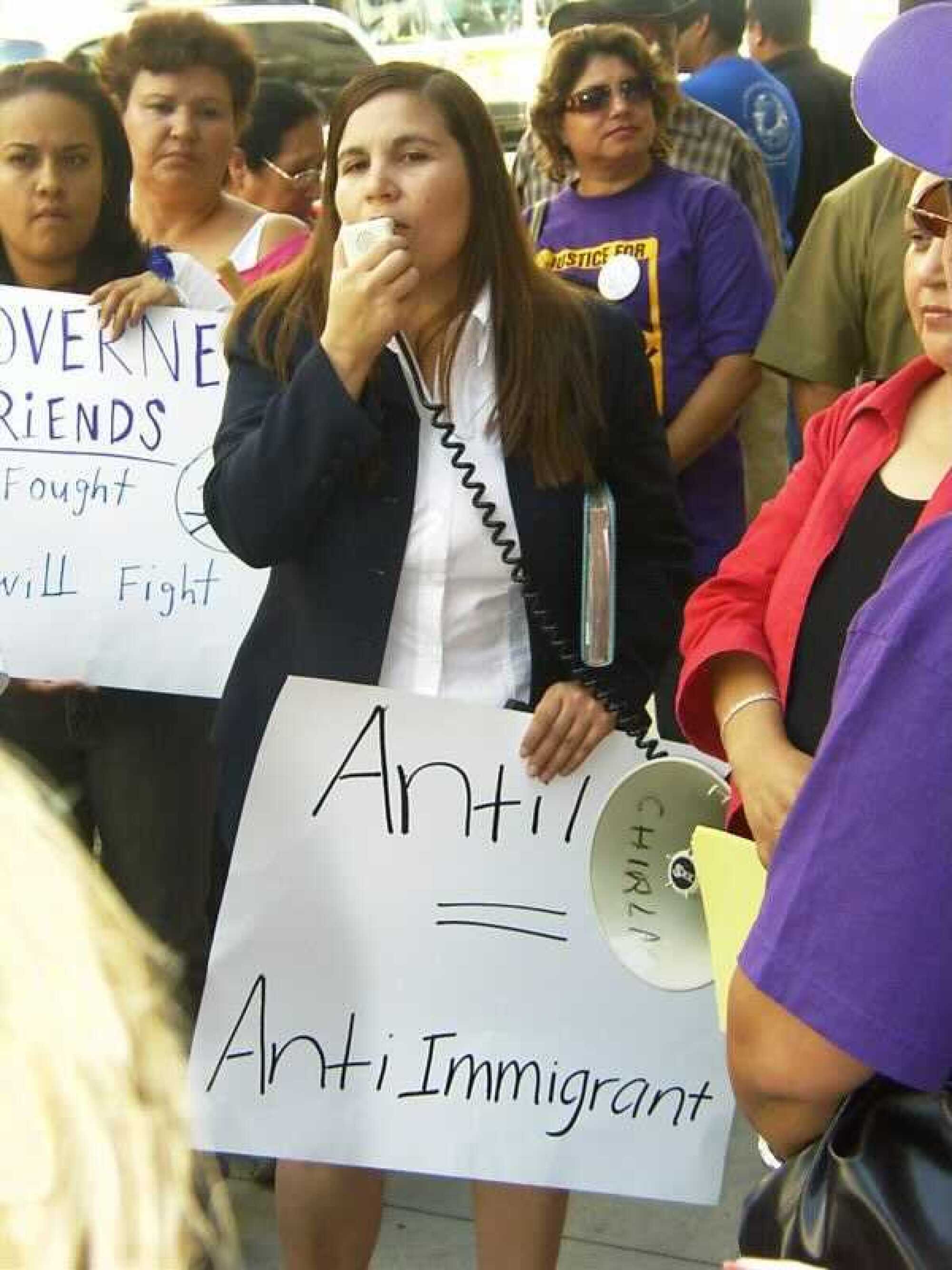
A year later, the Department of Homeland Security was born, bringing customs, immigration services, detention and enforcement efforts together for the first time.
Enforcement increased, “and that’s when people started getting into deportation proceedings,” said Isaias Guerrero, an immigrant rights organizer and DACA recipient.
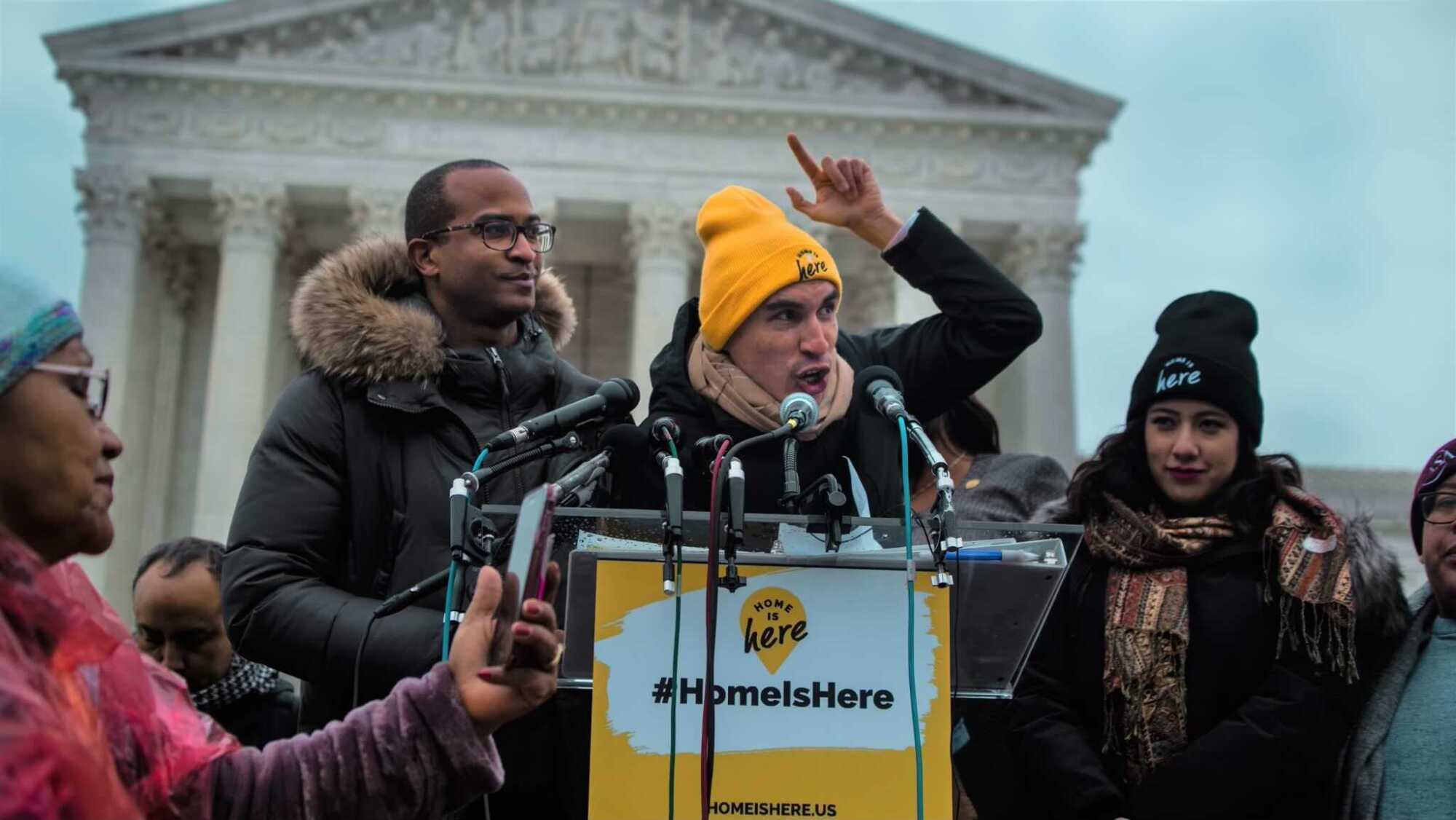
Fahd Ahmed, 41, lived in the U.S. illegally after emigrating from Pakistan but became an American citizen shortly before 9/11. At the time of the attacks, he was involved with Desis Rising Up and Moving (DRUM), a South Asian and Indo-Caribbean advocacy group in New York City, to visit detainees and mobilize around deferred action.
Young South Asians whose relatives were detained would ask him for advice on whether they should quit school and find jobs to support their families.
“No 14- or 15-year-old should have to consider whether they should drop out of school or whether they should get a job in order to support their family,” he thought.
Cristina Jiménez, cofounder and former executive director of United We Dream, a youth-led immigrant rights group, and a fellow New Yorker, also recalls members of the community becoming “caught up in the deportation pipeline” after 9/11.
“Many of us in the immigrant youth movement became involved because we increasingly experienced targeting and deportation by [Immigration and Customs Enforcement] agents and by local police, and we got activated to defend people from deportation.”
The security crackdown also affected access to driver’s licenses, that American rite of passage.
The nation’s desire to prevent future attacks, coupled with bubbling anti-immigrant bias, resulted in the Real ID Act of 2005, which ramped up security standards for obtaining licenses. Teenagers too young for college or full-time jobs had a more immediate cause to rally around. Even for younger children, Jiménez said, the restrictions left a lasting impression as their parents became more fearful to drive to work or to take them to school.
The young speak out
As their options narrowed, young activists came to Washington, many for the first time, and lobbied lawmakers at the Capitol. They organized rallies and marches in their hometowns. One group walked from Sacramento to Washington in 2012.
And some turned to an obscure legal tactic to slow down the government’s new, aggressive approach to immigration. The tactic, to call on the government to defer deportation or “defer action” for certain immigrants, would set the foundation for what would eventually become DACA.
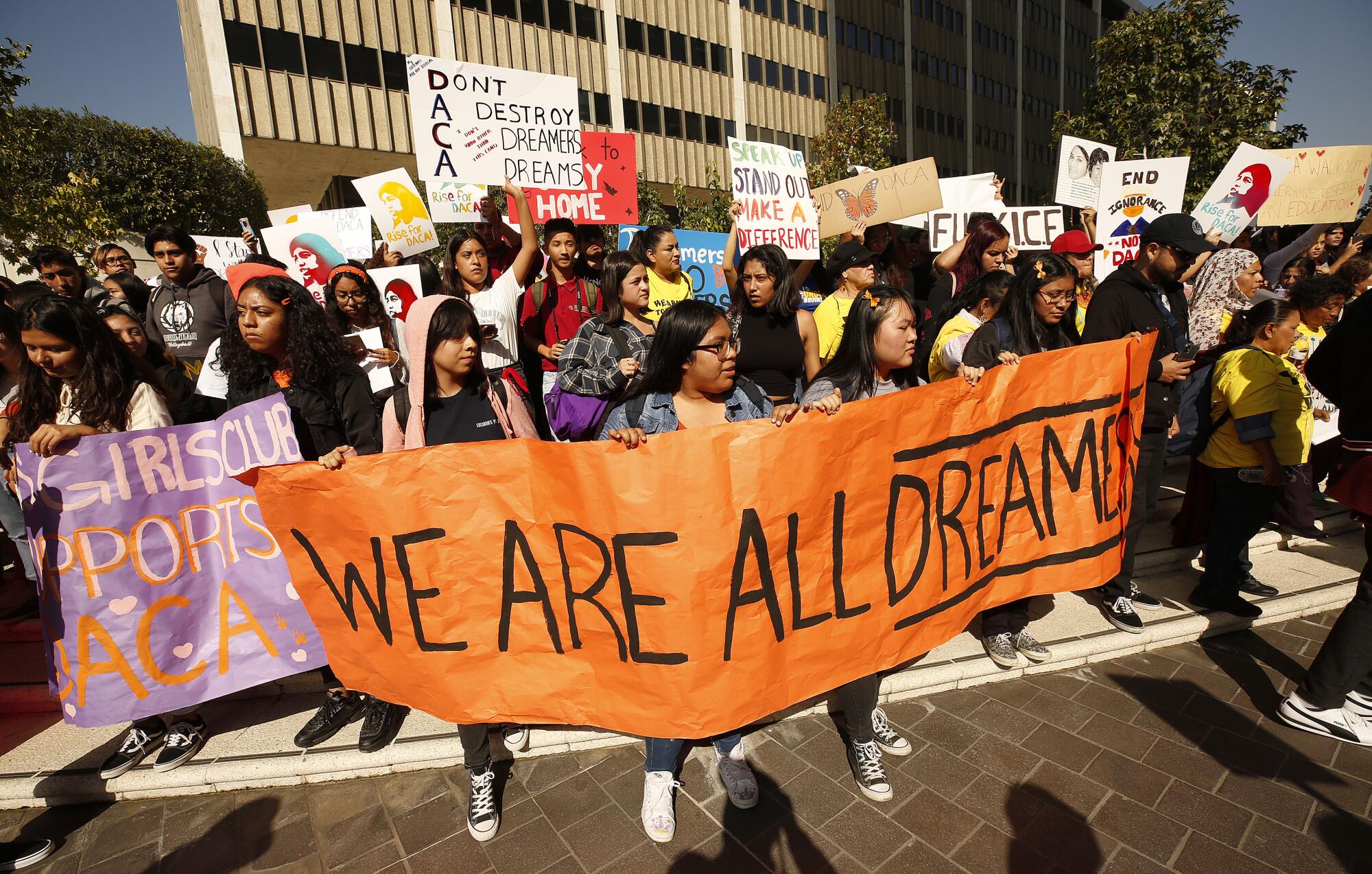
Deferred action did not provide a pathway to citizenship, or even permanent protection from deportation. It offered temporary relief from deportation for an unspecified amount of time.
And it provided the government a way after 9/11 to avoid deporting individuals with deep ties to the community who posed neither a security risk nor a threat to the public, said Jeremy McKinney, president-elect of the American Immigration Lawyers Assn.
Immigrants known as ‘Dreamers’ have pursued degrees at top universities, created jobs as entrepreneurs, launched nonprofits and joined politics. With their future now in the hands of the Supreme Court, here’s a look at a few.
Walter Barrientos, also a cofounder and national organizing director of United We Dream, said he and other young activists in New York adopted this technique from organizations like Ahmed’s DRUM group and another called Families for Freedom, co-founded by Subhash Kateel, who helped pioneer the deferred action strategy.
“That was one of the last resources left in the system to fight deportation,” Barrientos said.
Barrientos, who was also living in the U.S. without authorization then, remembers eventually thinking, “What if we created a preemptive way of applying for [deferred action] so that you don’t have to do it only when you’re facing deportation and you’re in the court system?”
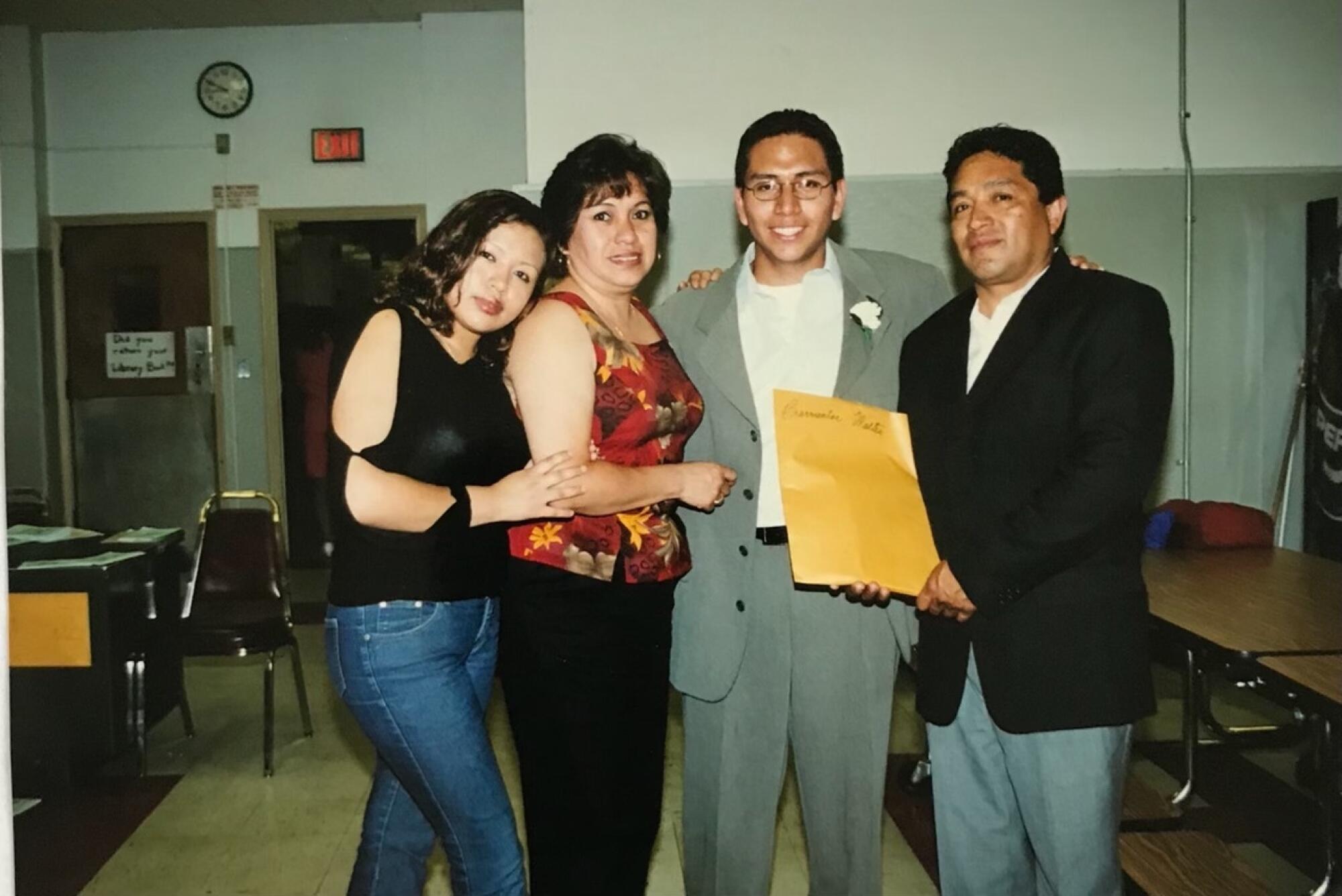
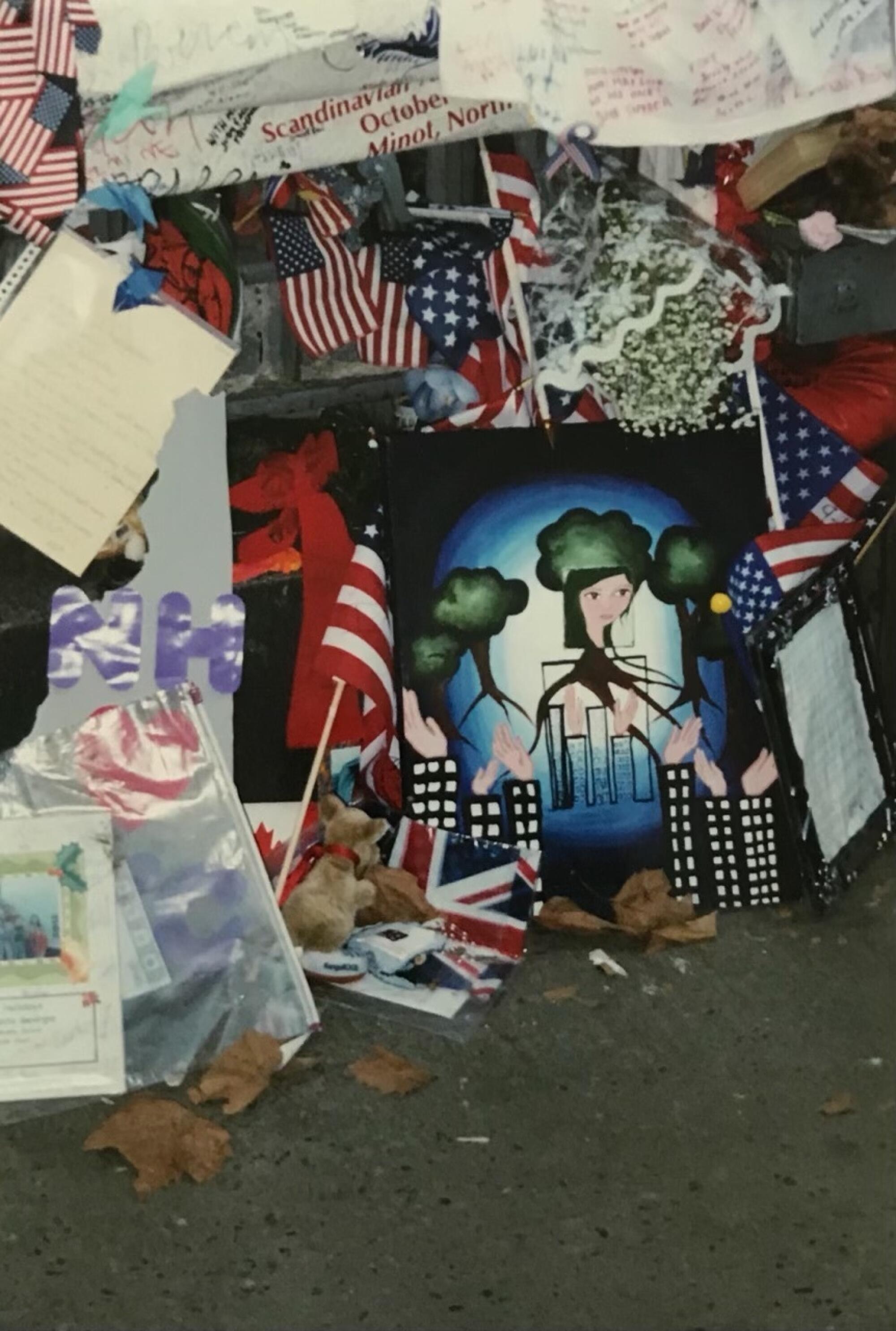
When it became clear that Congress would not pass immigration reform, not even the Dream Act, the young activists, along with advocates and lawyers, pushed for a broad executive order to at least temporarily defer action and protect young people from deportation. In June 2012, the Obama administration complied, issuing Deferred Action for Childhood Arrivals.
The legacy today
DACA was never the end goal for organizers and was never meant to be permanent. It was nearly tossed out by the Trump administration, salvaged at the last minute by the Supreme Court in 2020, but faces significant new legal chal- lenges.
Two decades after Sept. 11, 2001, and after the Dream Act was first introduced, young immigrants living in the country without documentation still face a precarious future despite broad public support for a permanent pathway to citizenship for them. Many others were never even eligible for DACA because they didn’t qualify for its strict timeline and age requirements.
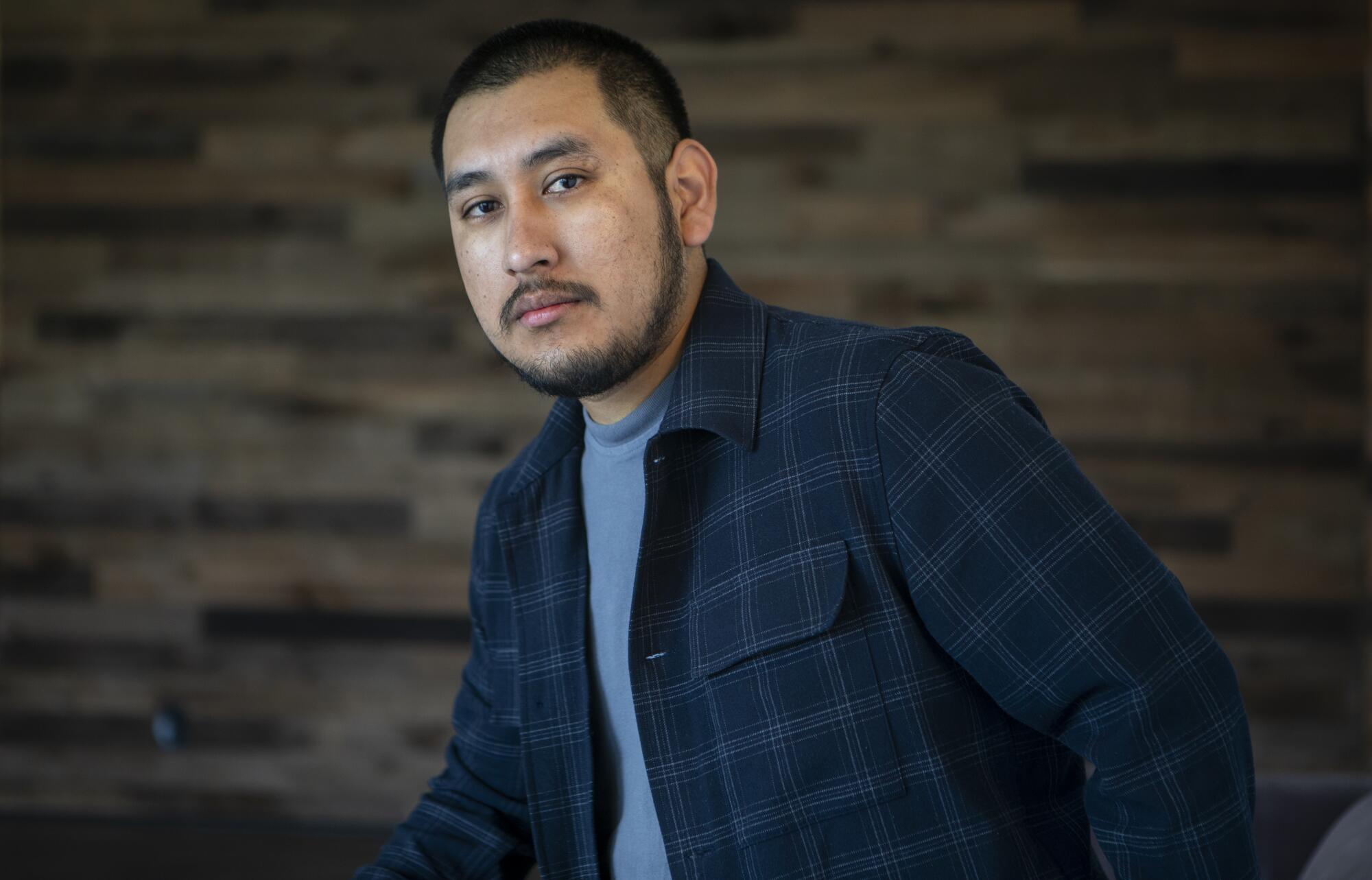
More recent DACA recipients, like Abraham Cruz Hernandez, 22, and Carlos Alarcon, 21, have drawn lessons from post-9/11 organizers. Cruz Hernandez said they helped him understand “the link between 9/11 and the creation of the DHS,” and how the Department of Homeland Security’s practice of monitoring immigrants has sparked controversy. He and Alarcon say they have incorporated that history to push for more expansive immigrant rights.
“Yes, we want citizenship. Yes, we want a pathway,” Cruz Hernandez said. “But we don’t want it at the expense of even more surveillance, even more enforcement.”
Last month, they helped organize a virtual town hall with University of California students to advocate for a pathway to citizenship through the federal budget reconciliation process.
Meanwhile, Ali-Reza Torabi is now a student at Loyola University Chicago’s Stritch School of Medicine. He says becoming a physician would have been “impossible” without the post- 9/11 youth activism that led to DACA.
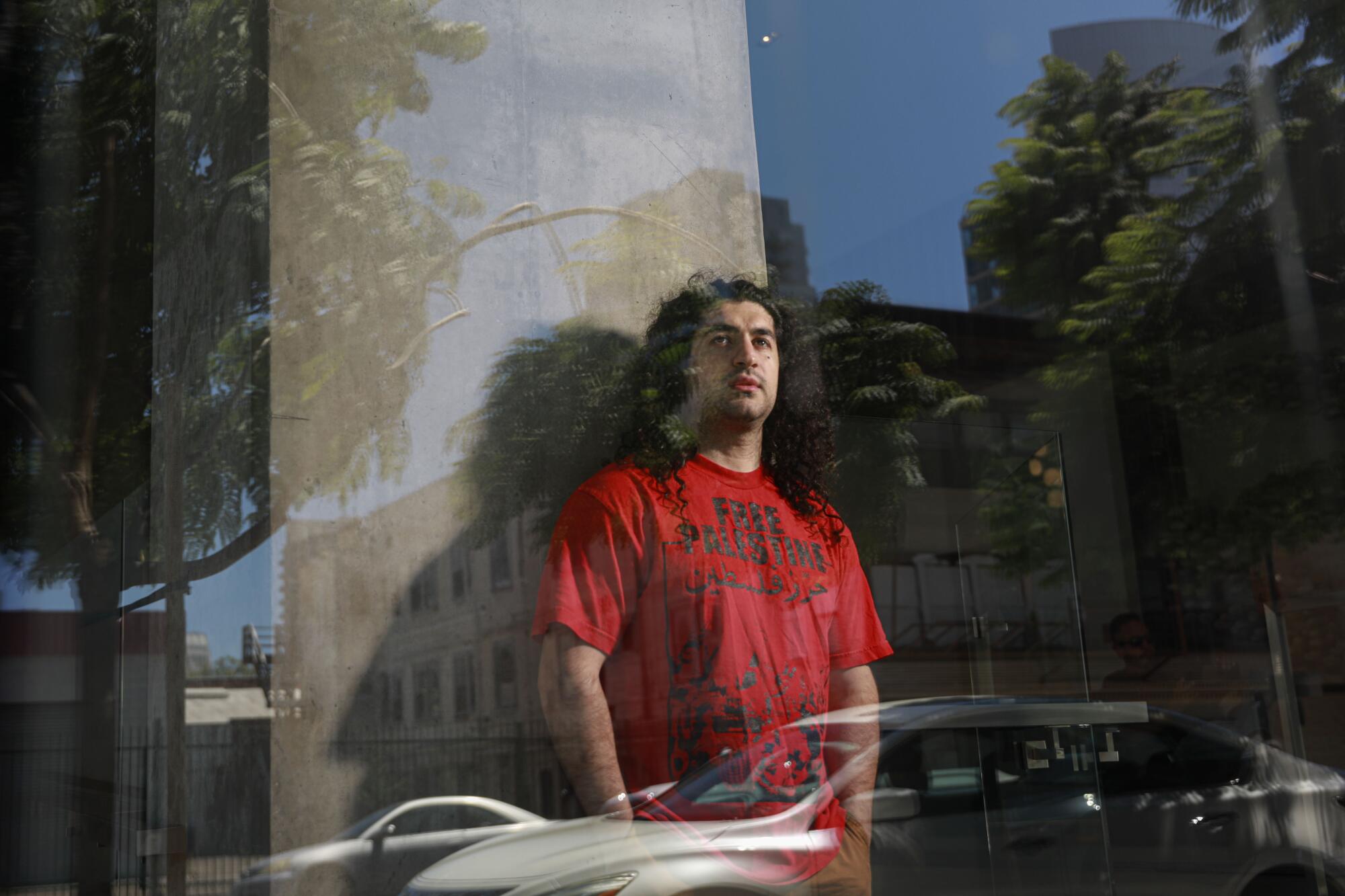
“DACA gave us some normality, rather than feeling like we’re building a foundation on toothpicks,” he said, adding, “Once we had that stability, I think we started utilizing the protections that DACA gave us to advocate for the rest of our community.”
But for Torabi, now 31, the fight is far from over. He hopes younger activists will achieve a more permanent solution, drawing on the lessons of their predecessors who organized in the wake of 9/11.
“That is the legacy of immigrant advocacy as a whole,” he said. “You stand on the shoulders of others.”
More to Read
Get the L.A. Times Politics newsletter
Deeply reported insights into legislation, politics and policy from Sacramento, Washington and beyond. In your inbox three times per week.
You may occasionally receive promotional content from the Los Angeles Times.
